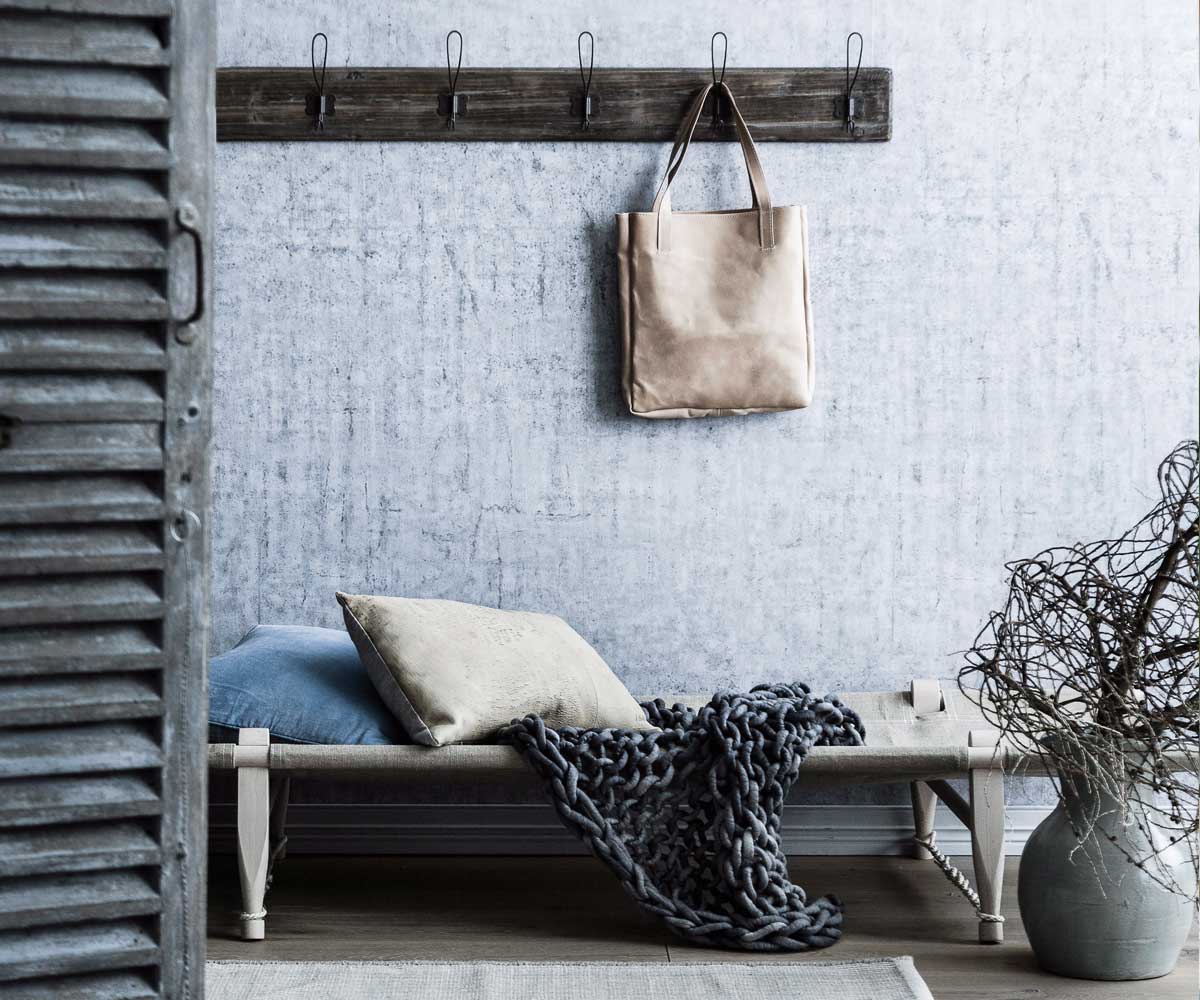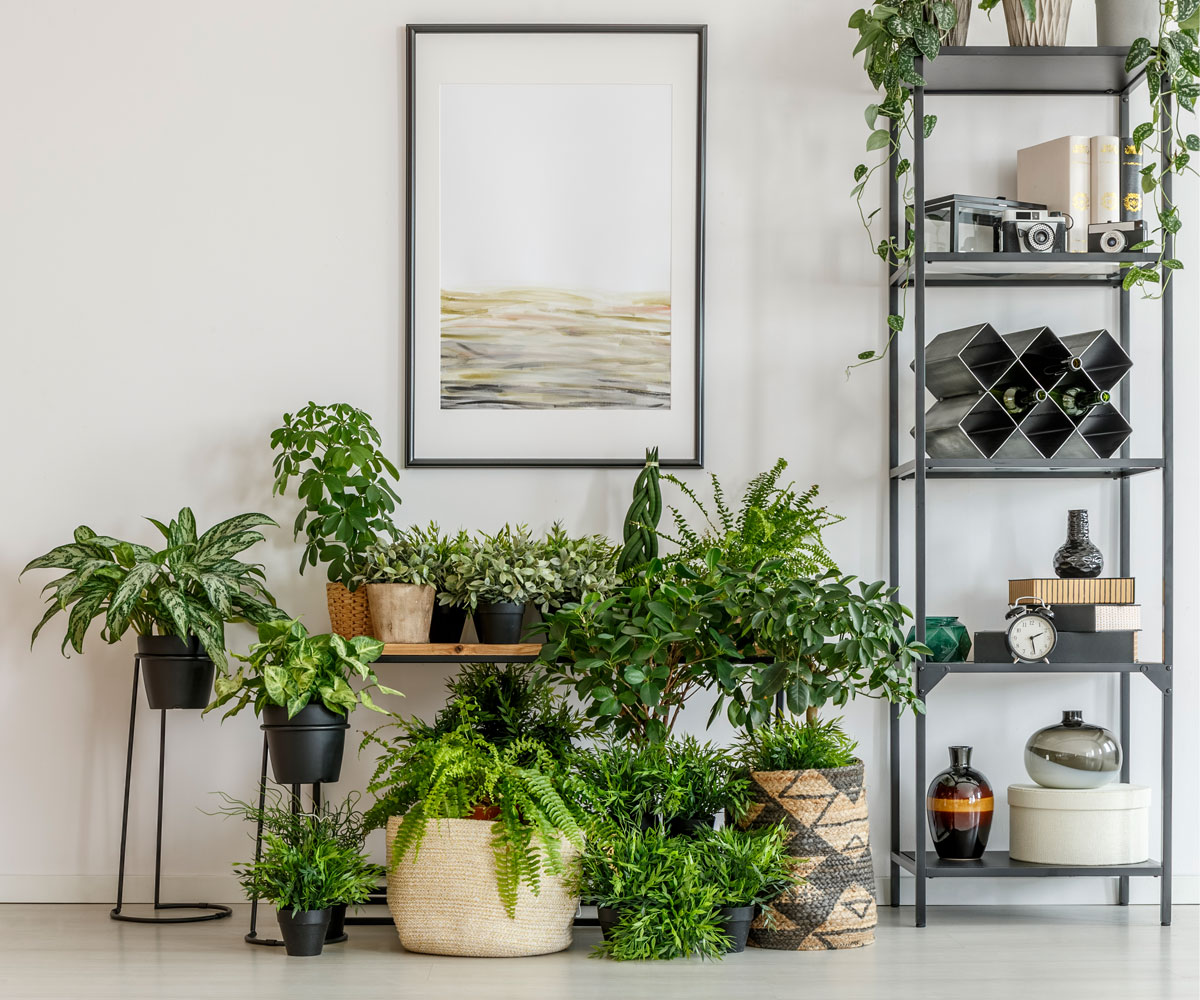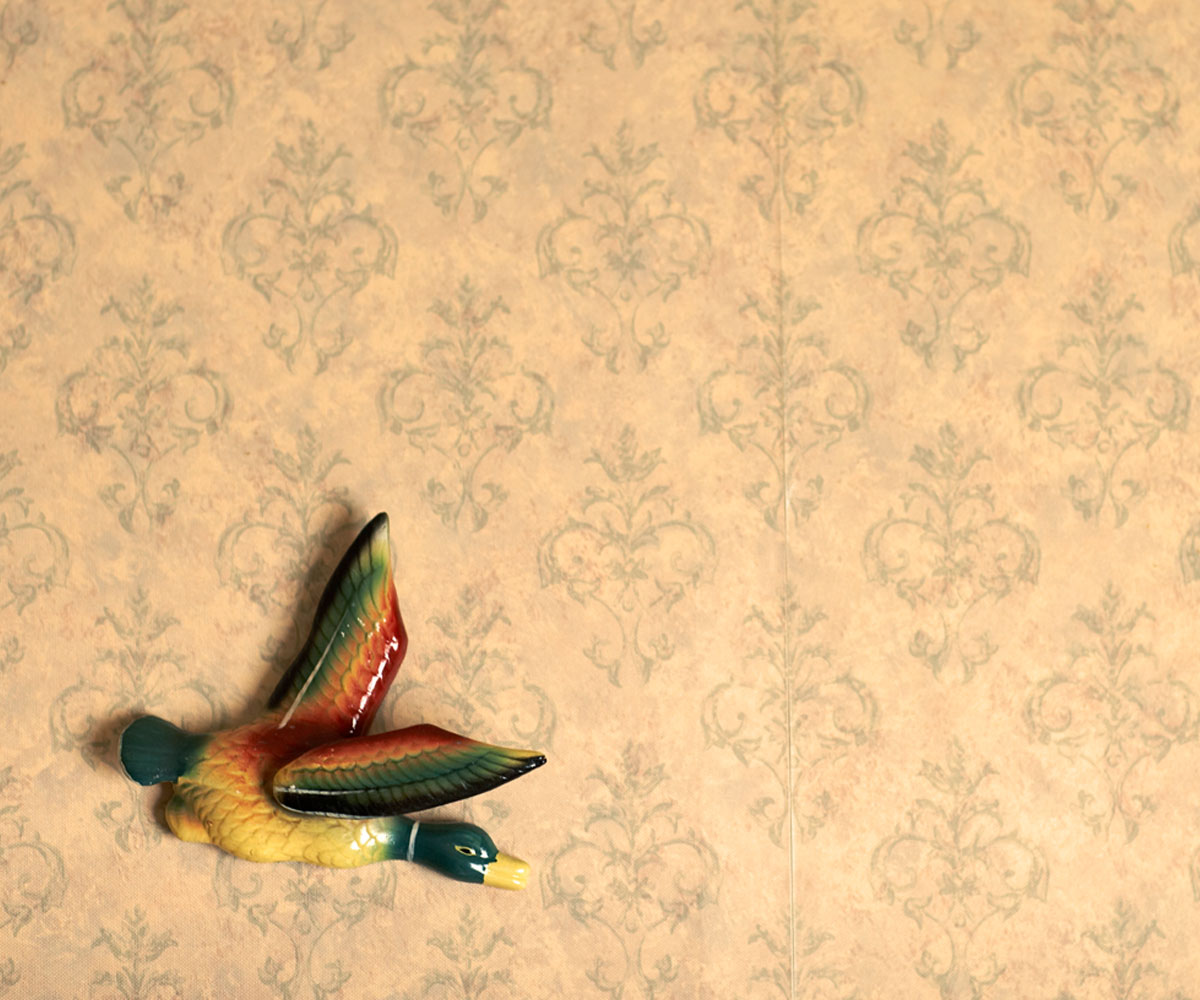In a world where social media can often make us feel like nothing less than perfection is acceptable, the Japanese philosophy of wabi-sabi offers a refreshing alternative – instead of striving for an unattainable ideal, we can find peace in embracing imperfection and appreciating the untidy edges of life.
“Wabi-sabi is the beauty of things imperfect, impermanent and incomplete, the antithesis of our classical Western notion of beauty as something perfect, enduring and monumental,” writes Leonard Koren in his book Wabi-Sabi for Artists, Designers, Poets and Philosophers.
Wabi-sabi is a state of mind that can be useful in all aspects of daily life, including the creation of a comfortable home where you can relax, recharge and feel grounded.
Celebrate imperfections
Wabi-sabi in the home is about accepting messiness – because it’s inevitable. Rather than stressing about keeping your home in a state of constant cleanliness, aim to create an atmosphere in which you can play and relax.
Embrace the watermarks and red wine stains on your wooden table as they tell stories of fun and celebration shared with friends and family.
Don’t worry about imperfect walls and unpainted exteriors because they add an element of interest and history that a perfectly painted wall cannot.
If it’s broke, fix it
Rather than throwing away broken items, invest time in repairing them or displaying their broken parts in new ways.
For example, you can repair broken ceramics with coloured lacquer and glue, “making the imperfect break a feature and enhancing the broken area,” says Yuka O’Shannessy, director of artisanal online store An Astute Assembly.
Through upcycling and repairing, you can create your own one-of-a-kind piece with a unique story. This sustainable approach also helps remind us of our connection to the natural world around us.
Look for organic textures
Natural and organic textures reflect the perfect imperfection found in nature. Interior stylist Ashlee Quérée suggests bringing this idea into your home by introducing organic fibres and fabrics, handmade ceramics and rustic or worn wooden furniture or objects.
“Think beautiful linen bedspreads, raw woollen rugs, stone and concrete floors, rustic and aged wooden tables, worn leather couches and handmade woven cane objects,” she says.
Wabi-sabi is also about embracing change and the cycle of life. Yuka suggests looking for rustic items that have been worn by time, “revealing nice aged wood underneath scraped paint, natural fibres which have faded, and cotton fabric that has been used so many times it’s begun to fray”.

For more tips on how to incorporate wabi-sabi into your daily life, see the latest issue of Nadia magazine, out now.


